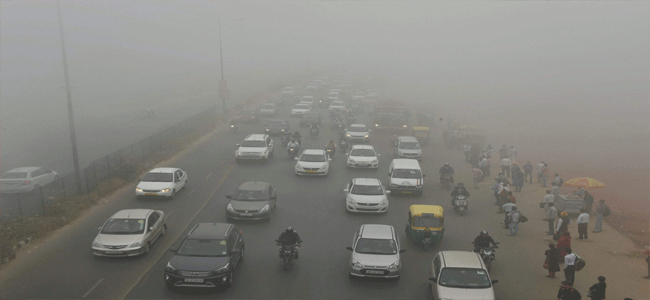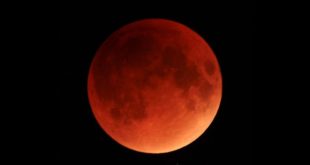
Though India has made a lot of progress in improving its air quality, average nationwide levels of major air pollutants have dropped by between 25–45 per cent in India over the last few years.
The Central Pollution Control Board has now monitored four air pollutants which are responsible for worsening air quality. These are sulphur dioxide, oxides of nitrogen, suspended particulate matter and respirable particulate matter.
These are identified as target air pollutants for monitoring. These are being cared for at 308 operating stations of 115 cities. These are spread over 25 states and 4 Union Territories of the country. The monitoring of meteorological parameters like wind, its speed and direction as well as relative humidity plus temperature has been combined with the monitoring of air quality throughout the centres, spread over the different regions. The precise monitoring of these pollutants is being carried out for 24 hours every day.
Most of the Indian cities violate country’s air quality PM10 targets. Here respirable particulate matter pollution poses a prime challenge for India. Some cities have displayed improvement than others though.
The somewhat decreasing trend has been observed in PM10 levels in a number of cities like Solapur and Ahmedabad over the last few years. This may be due to few measures were taken at local level to reduce sulphur in diesel and its strict enforcement by the government.
A downward trend has also been observed in sulphur dioxide levels in habitable colonies of cities of Delhi, Mumbai, Lucknow, Bhopal during last few years. The downtrend in sulphur dioxide levels may be due to recently introduced clean fuel standards. The increasing use of LPG as domestic fuel instead of coal or fuelwood as well as the use of CNG instead of diesel in certain vehicles have also contributed to the lesser trend.
A downward trend has also been noticed in nitrogen dioxide levels in some areas of Bhopal and Solapur due to recently introduced vehicle emission standards, and the increasing use of LPG as domestic fuel instead of coal or fuelwood.
Most Indian cities usually living under acceptable levels of suspended particulate matter. This may be the result of refuse and biomass burning, vehicles, power plant emissions as well as industrial sources.
The monitoring stations, working in the country have reported lower levels of PM10 and suspended particulate matter only during the rainy seasons. It may be caused by the wet deposition and air scrubbing by rainfall.
Higher levels of particulates were found during cold months of December and January, due to lower mixing heights and more calm conditions.
In other words, we can infer that India’s air quality get worsened in winter months and improves with the knock of the monsoon season.
The annual SOx and NOx emissions level and its violations in industrial areas of the country were found to be significantly lower than the emission and violations in residential areas of India
Out of the four metros of the country, air pollution was much worse in Delhi, every year over a five year period. Kolkata experienced a close second, which was followed by Mumbai. Chennai air pollution was found to be least of the four.
Recent reports believe that problems with pollution are increasing, especially because of widespread use of vehicular transport.
Historically, In May 2014 the World Health Organisation had declared New Delhi as the most polluted city in the world. After two years, the Great Smog of Delhi was seen as an environmental event. New Delhi and adjoining areas were seen wrapped then, in a dense blanket of smog, which was said to be the worst in 17 years.
 Amazing India Blog Know India Better
Amazing India Blog Know India Better





